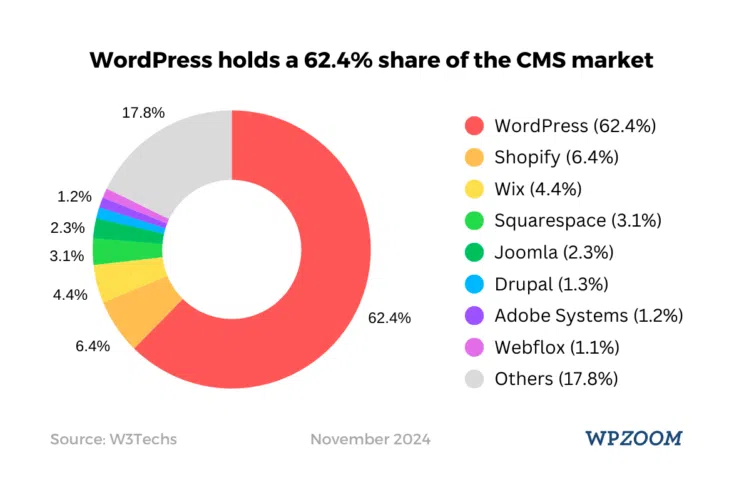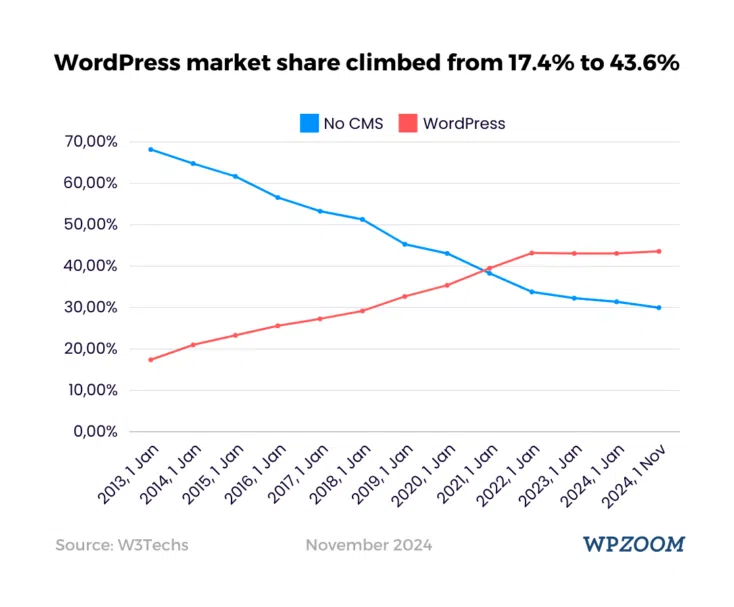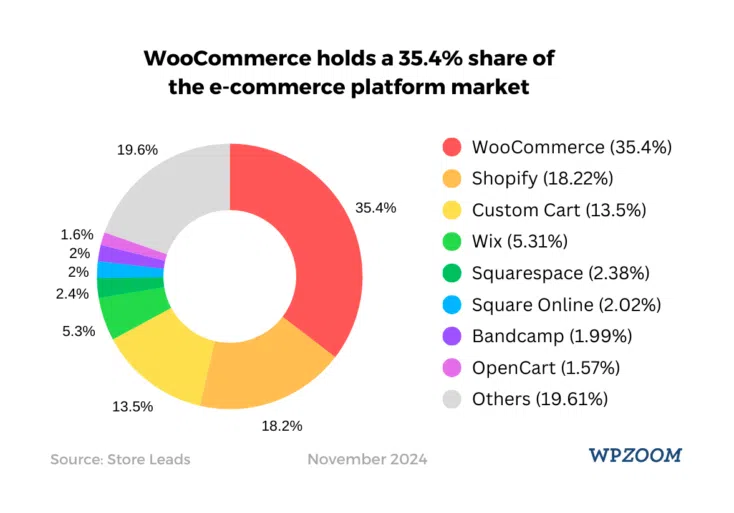Hey there fellow website adventurers! Let’s dive headfirst into the exciting world of breadcrumb schema and how it can supercharge your website’s performance.

Think of it as adding a secret weapon to your SEO arsenal – a little digital trail of breadcrumbs that leads search engines (and your visitors!) directly to your amazing content.

Understanding the Power of Breadcrumbs: More Than Just Navigation
Breadcrumbs – those little navigational trails at the top of many webpages – aren’t just pretty additions; they’re serious SEO players.
They’re like the friendly map in a vast online forest guiding your visitors (and search engines!) through your website’s structure with ease.
Imagine this: someone stumbles onto a super-specific product page on your e-commerce site via a social media ad.
Without breadcrumbs they’re kinda lost right? They might not know how to easily find similar products or how to navigate back to the main categories.
Breadcrumbs offer a clear concise path allowing them to explore related items and boosting engagement.
This isn’t just about user experience; it directly impacts your bounce rate and overall time spent on site — key metrics for SEO success!
But here’s the real kicker: just having breadcrumbs isn’t enough.
Search engines need a little extra help understanding the context and hierarchy of those breadcrumbs.
That’s where breadcrumb schema comes in – it’s like whispering the navigational secrets of your site directly into the ears of Google Bing and other search engines.

This “whisper” helps search engines understand your website’s structure much better leading to improved search engine rankings and potentially higher click-through rates from search result pages.
Think of it as a secret handshake with the search engine gods!
Why are Breadcrumbs so Crucial for User Experience?
Let’s face it websites can be labyrinths.
Visitors often arrive at a page from various sources – a search engine result a social media link or even a direct URL.
Without clear navigational aids they’re easily lost leading to frustration and high bounce rates (eek!). Breadcrumbs provide a visual and logical trail back to the homepage or other key sections.

It helps users understand their current location within your site’s overall architecture.
They’re incredibly beneficial for large websites or those with complex category structures.
It’s all about providing a better user experience because happy users tend to spend more time on a site and return more often; it keeps them engaged and reduces that dreaded bounce rate.
It makes navigating your site super intuitive even if they land on a deep tucked-away page.
Think of it as providing a “you are here” moment in your digital world.


It’s a crucial element for improving website usability and guiding visitors towards other relevant pages increasing their chances of finding additional products or information or simply continuing the exploration journey on your website.
Seriously its importance for reducing user frustration is immeasurable!
Diving Deep into Breadcrumb Schema: The SEO Advantage
Now let’s get technical (but don’t worry I’ll keep it fun!). Breadcrumb schema is a type of structured data markup that helps search engines better understand your website’s content and structure.

It’s basically a code snippet you embed in your website’s HTML to tell search engines “Hey these breadcrumbs are super important! Pay attention!”
This structured data uses a standardized vocabulary (usually found on schema.org) to explicitly describe the hierarchical relationship between pages.
Check our top articles on Using Breadcrumb Schema to Optimize Your Website


Search engines adore this kind of clarity; they can then display your breadcrumbs as “rich snippets” in the search results – those eye-catching results that include extra information like ratings reviews and in this case your website’s navigational structure.
Why is Breadcrumb Schema a Search Engine’s Best Friend?
Search engines aren’t just robots; they’re sophisticated algorithms that try to understand the meaning and context of webpages.

Breadcrumb schema provides a crystal-clear roadmap of your website’s structure.
This helps search engines:
- Improve Site Crawling and Indexing: When search engines understand your site’s structure better they can crawl and index your pages more effectively leading to improved visibility.
- Enhance Search Results: Rich snippets featuring your breadcrumbs make your search results more attractive enticing users to click through to your website.
- Boost Click-Through Rates (CTR): Those enhanced results attract more clicks improving the overall performance of your website in search results.
- Improve User Experience Signals: A well-structured website with clear navigation influences the user experience which in turn influences search engine rankings.
- Reduce Bounce Rates: A clearer navigational structure leads to satisfied users thereby positively impacting bounce rates.
All this adds up to a significant advantage over websites that don’t use breadcrumb schema.
They’re not only helpful for the users but they’re also a huge help to the search engines aiding in comprehension and resulting in improved ranking possibilities.

It’s like giving search engines a backstage pass to your website allowing them a much deeper understanding of its contents.
Implementing Breadcrumb Schema in WordPress: Easy Peasy Lemon Squeezy!
Now the exciting part: how to actually add this magic to your WordPress website.

The good news is you don’t need to be a coding ninja.

There are a few painless ways to get this done:
1. SEO Plugins to the Rescue!: Many popular SEO plugins (like Yoast SEO Rank Math etc.) include built-in options to automatically generate and implement breadcrumb schema. This is often the easiest approach. Just install the plugin configure it correctly and bam! Your breadcrumbs are now schema-enhanced. Many will even customize the appearance of the breadcrumbs to match your site’s design! This is often a very simple method for beginners.
Ready to boost your SEO like a pro? 🚀 Learn how to implement breadcrumb schema and watch your rankings climb! Check out this awesome guide! Seriously, it’s easier than you think! 😉
2. Theme Support: Check Your Existing Theme First: Some WordPress themes already include breadcrumb functionality and schema markup. Before you install plugins check your theme’s documentation or settings. You might find the option already there waiting to be activated! This option could save you extra work!


Ready to boost your SEO like a pro? 🚀 Learn how to implement breadcrumb schema and watch your rankings climb! Check out this awesome guide! Seriously, it’s easier than you think! 😉

3. Manual Coding (Only if you’re brave!): If you’re comfortable with HTML and want ultimate control you can manually add the schema markup to your website’s code. But trust me the plugin route is much much easier. This route involves directly editing the HTML which can be pretty time-consuming and needs to be repeated for every page that requires it!
4. Using Themes and Plugins Together: The ultimate win for those wanting easy management! If your theme generates breadcrumbs use an SEO plugin to ensure they are correctly coded with schema.org markup ensuring perfect SEO performance while keeping things visually perfect. This could help the SEO and user experience work perfectly together!
Troubleshooting Common Breadcrumb Schema Issues:
Even with plugins or themes sometimes things go wrong.
Here are a few common issues and their solutions:
Ready to boost your SEO like a pro? 🚀 Learn how to implement breadcrumb schema and watch your rankings climb! Check out this awesome guide! Seriously, it’s easier than you think! 😉
- Missing Schema Markup: Double-check that your plugin or theme is correctly generating the necessary schema.org code. Use a schema validator tool to verify your implementation.
- Incorrect Schema Markup: If your schema validation fails there’s a problem with the code syntax or structure. Carefully review and correct it or contact your theme/plugin’s support for assistance.
- Inconsistent Breadcrumbs: Ensure your breadcrumbs accurately reflect your site’s hierarchy across all pages. Inconsistent breadcrumbs can confuse both users and search engines.
- Long Breadcrumbs: Excessive breadcrumb levels can overwhelm visitors. Try to keep them concise and relevant.
Remember implementing the correct breadcrumb schema is crucial.
If you stumble there are many great resources online.
Always double-check that your schema is accurate using a validator before you hit publish.
Remember Google’s search console may even give you warnings about incorrect markup.
Beyond the Basics: Advanced Breadcrumb Strategies for SEO Superstars
Once you’ve got the basics down let’s take your breadcrumb game to the next level!
1. Customizing Breadcrumb Appearance: Don’t settle for boring breadcrumbs! Use CSS styling to make them visually appealing and match your website’s design. Make them more inviting and useful to the users.
2. Contextual Breadcrumbs: Go beyond the basic site hierarchy. Consider dynamically adjusting breadcrumbs based on the user’s context or current activity on the site.
3. Localized Breadcrumbs: For multilingual or multi-regional websites ensure that your breadcrumbs are localized to the specific language or region. This helps improve your search engine rankings in those different regions.
4. Data-Driven Breadcrumb Optimization: Track your breadcrumb click-through rates and other engagement metrics to continuously optimize their performance. Use analytics data to decide if your breadcrumb strategy needs adjustment.
The Long-Term Benefits of a Solid Breadcrumb Strategy
Implementing and optimizing breadcrumb schema is an investment in your website’s long-term SEO success.
It’s a relatively simple change that can lead to:
- Improved Search Rankings: Better indexing and richer search results improve your website’s visibility.
- Higher Click-Through Rates: Eye-catching search results lead to more visitors.
- Reduced Bounce Rates: Easier navigation keeps visitors engaged.
- Better User Experience: Happy users become loyal customers.
Remember SEO is a marathon not a sprint.
By adding breadcrumb schema and continually optimizing you’re setting your website up for long-term success in the ever-evolving world of search engine optimization.
It’s a small step that yields big results.

So get out there add those breadcrumbs and watch your website soar! Happy optimizing!

